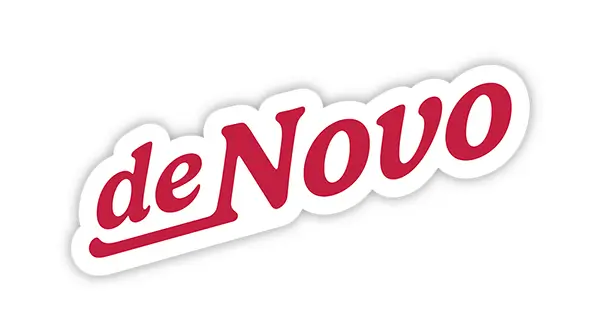It’s a dance every year—create a budget out of hazy projections and then try to justify it. Ugh.
Sometimes you just need somewhere to start from. Every industry has different averages that they can or should spend on marketing endeavors, but ultimately it boils down to balancing your available resources with the growth you are seeking to achieve.
We’ve created a simple Marketing Budget Template to help you determine a range, from conservative to aggressive, and then a simple breakdown of percentages on how you should spend your budget.
First things first—start with your annual projections and goals:
Do you have an annual projected sales estimate? No? Ok, go off last year’s number to start. I’m a big fan of estimating conservatively and then being pleasantly surprised later. You could even base it off this year’s numbers and add in a percentage increase you are trying to get to.
Plug that number into the budget generator.
The worksheet will automatically give you numbers at 2,5,7,10 and 12%. But how do you know where you should land?
Why you would go with 2%: Marketing might be new to your company and it’s a hard sell up the road. But anything is better than a 0% budget in marketing. Use the money wisely to prove growth.
You may also work for an extremely well established business that has strong presence and needs to “babysit” their brand awareness. The C-suite may not see a reason for a marketing budget, or might just be comfortable with small steps in that direction.
The 5-7% range: This is a sweet spot for many companies. Depending on the size of your company, this can get you a decent content creation plan and a strong digital presence with a little bit left over for sales support materials. Create content that can be re-purposed and pay to promote it.
10-12% This is the more aggressive side of the budget scale. All marketing should be tied to results, but this is the type of budget level that is expected to net direct results. It should allow for a strong inbound strategy coupled with designated funnels that lead to conversion, as well as at least a partial outbound strategy. This type of budget also allows for maximum content production and will help your company establish itself as a strong leader.
Ok, you picked a range. Now enter a number into the budget for the next year. It doesn’t have to be an exact number from the percentages above—it can be whatever number you think is right for your company.
The worksheet then divvies that budget into a simple cost breakdown. It accounts for a partnership with a creative agency to build your content (ooh, pick us!), a strong digital-based strategy and leaves room for other avenues as well.
No matter how you break down the budget, start with a number—and you can slice and dice the budget to best fit your needs. Maybe you don’t need video production, lead generation software, graphic design or strategy—reallocate that into the other categories.


